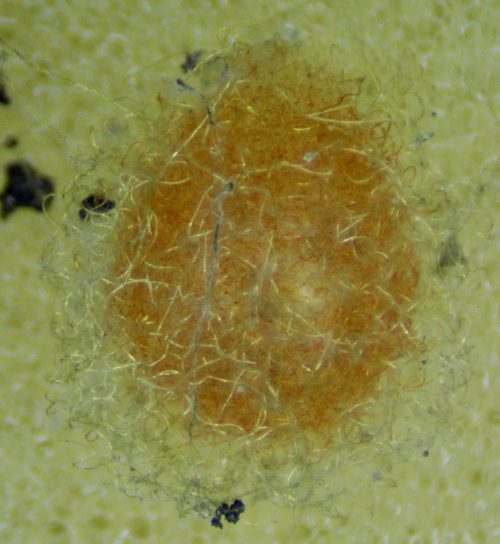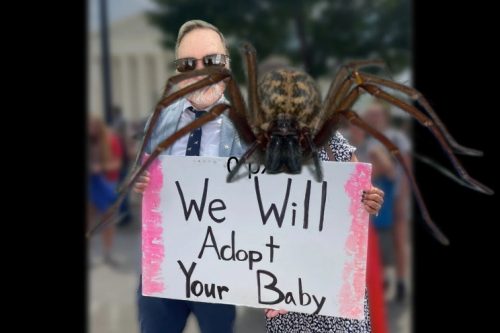Our compost bin is thriving! We found some new egg sacs inside it, like this one:

It’s strange. It’s orange. We suspect it might be Mimetus, the pirate spider, but time will tell. I took it into the lab and will have to wait for it to hatch out.
The other compost development is that it is full of squirmy busy maggots. I’m talking dense sheets of a multitude of swarming maggots. I scooped up some and brought them in to see if the spiders would eat them. They liked it! (The spiders, not the larvae.) This will be an alternate food source, at least over the summer. I think it’ll slow down a lot once the temperature drops below freezing.
In other news, I’ve been doing weekly measurements of the growth of my Steatoda triangulosa babies. They’re all (except one, sort of) growing well. Here’s a table of the mean dimensions of the young spiders.

I know, not exactly exciting, and I have to plod through more weeks of measurements. Note the big surge in length this week! That’s because they all molted on Day 22, and shedding that exoskeleton gave them more room to stretch.
I mentioned one spider was an exception. Spider #5 is looking a bit odd. Still growing, but suddenly their limbs and palps have gone pale…I’m hoping they’re not sick.








